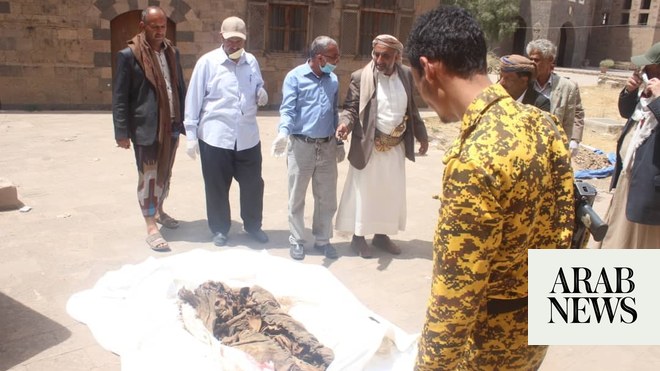
A microscopic worm-like creature, labelled an “evolutionary scandal” by biologists for having thrived for millions of years without having sex, has now been shown to persist for at least 24,000 years in Siberian permafrost and then reproduce, researchers have found.
Multicellular invertebrates that are solely female, bdelloid rotifers are already renowned for their resistance to radiation and ability to withstand rather inhospitable environments: drying, starvation and low oxygen. They’ve also existed for at least 35m years – and can be found today in freshwater lakes, ponds, streams and moist terrestrial habitats such as moss, lichen, tree bark and soil.
These tough little critters – which have a complete digestive tract that includes a mouth and an anus – are able to survive hostile environments by halting all activity and almost entirely arresting their metabolism.
This is called cryptobiosis, which means “hidden life”, said Stas Malavin, a researcher at the Soil Cryology Laboratory at the Institute of Physicochemical and Biological Problems in Soil Science in Pushchino, Russia. “It’s a state, kind of, between life and death.”
The Soil Cryology Lab has previously isolated other microscopic organisms – including a 30,000-year-old nematode worm – from permafrost. But in this study, Malavin and his colleagues used radiocarbon-dating to determine that the rotifers, recovered from samples salvaged from remote Arctic locations via a drilling rig, were about 24,000 years old. Earlier evidence had shown the creatures could survive for up to a decade when frozen.
The rotifers found in the permafrost would have been under the feet of big woolly creatures – such as the woolly rhino – that are now extinct, Malavin noted. Once thawed in a lab setting, the rotifers were able to reproduce, the researchers wrote in the journal Current Biology.
But the scientists are uncertain about the biological mechanisms that allow these tiny organisms to survive in ice for such a protracted period, said Malavin. “The outcome of this paper is more questions than answers.”
But studying the creatures can help to find ways to improve the cryo-preservation of cells, tissues and organs, the researchers suggested. “[Humans] cannot preserve organs and tissues for such a considerable time. These rotifers, together with other organisms found in the permafrost, represent a result of a big natural experiment that we can’t replicate … so they are good models to study further,” said Malavin.
Matthew Cobb, a professor of zoology at the University of Manchester who was not involved in the research, said the most spectacular implication of the research was that there may be all sorts of animals frozen in the permafrost that could awake as global warming melts the permafrost.
“That doesn’t mean that terrifying things are going to come out and eat us, but it gives scientists the possibility of studying how the rotifer has adapted to resist the bad effects of freezing, and … [the] opportunity to explore the difference between existing species and their predecessors,” he said.
“This is particularly significant in the case of bdelloid rotifers … [that] reproduce by parthenogensis (the females clone themselves). One of the advantages of sex is that you shuffle up the genes every generation – here they are all copied down, so there is less variability for natural selection to operate on. Now we have the possibility of comparing the genome of this group of animals with their modern equivalents, which are known from Belgium. That will shed light on a key biological curiosity and may reveal why some animals have given up sex altogether.”












